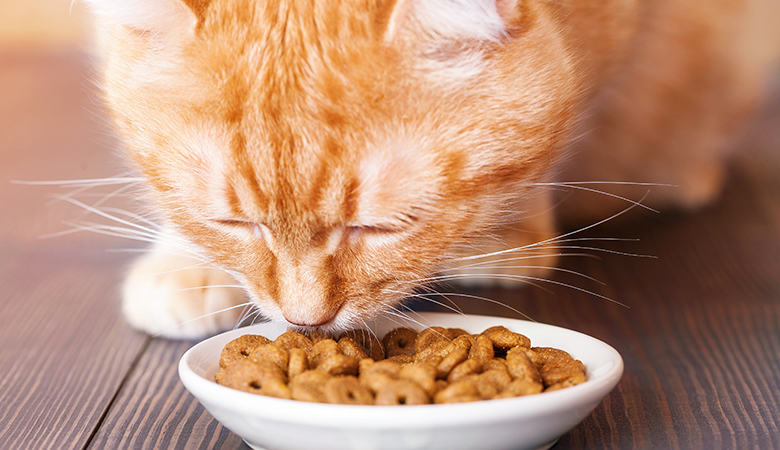How much to feed a cat
Written by Mara |
How much can a cat eat? This is a question we get asked often. Unfortunately, there’s no one-size-fits-all answer. The right amount depends on many factors. We’ll explain what these factors are and how you can calculate the right portion for your cat based on their food. We also provide tips to make this easier, along with a feeding guide with average portion sizes. Read on to learn more!

How do you know how much your cat can eat?
The amount your cat should eat depends on their energy needs. This may sound simple, but a cat’s energy requirements can vary greatly. They are influenced by:
- Your cat’s life stage
- Their activity level
- The cat’s breed
- Their physical condition
- Any underlying illnesses



